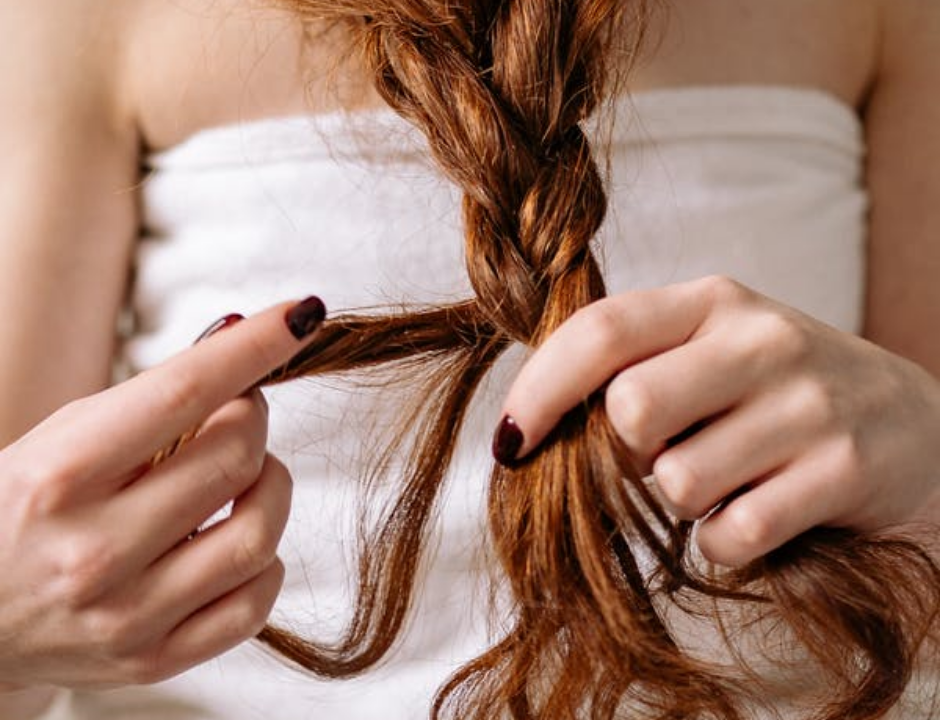
Did you know that a good amount of protein-moisture balance is required in order for hair to retains its softness, elasticity and strength? This is exactly why protein treatments work wonders for detangling and adding structure and support to your beloved locks.
On the flip side, an excess of protein in your hair due to having the wrong hair care routing or protein buildup can prove to be as much of a problem as a lack of it. So before you search for a ‘keratin treatment salon near me’, read this article from expert hairdressers in Clapham to help you identify whether you have a protein overload problem and find out how to fix it.
What are the Signs of Protein Overload?
There are a couple of signs to look out for and test in order to successfully identify whether you have protein overload or just dry hair due to improper moisturizing techniques. We have listed the most common signs below:
If your hair…
- snaps off when you extend a hair strand from one end to another
- feels more dry, lifeless, and brittle than before
- lacks shine and luster
- is tangled and shedding heavily
- texture is very straw-like and stiff
…then protein overload may be responsible!
You don’t have to experience all of these signs to have protein overload. Even one sign can indicate the presence of a protein problem.
3 Effective Fixes to Reverse Protein Overload
Luckily, modern hairdressing in Clapham shared with us the good news that reversing a protein overload problem is doable, but it will take some serious adjustments to your regimen. Ask yourself the following questions before moving forward:
- Do you regularly clarify your hair using an effective clarifying shampoo or treatment? If you use a gentle clarifying treatment that contains micellar water or bentonite clay, is it getting the job done?
- Is there too much protein in your products? Protein-rich products list protein as one of the top five ingredients on their labels. These ingredients could be clearly identified, think of such buzzwords as protein keratin, amino acids, silk protein, or wheat protein. Other can be less obvious. For example, bond-repair products including Olaplex from Olaplex Stockists in Clapham and K18 have small proteins that penetrate deep into the hair shaft, but they wouldn’t necessarily come to mind as protein-rich products.
- Are you using the products correctly? Are you following the instructions on the label? For example, are you leaving the product on longer than recommended hoping for better results? Are you rinsing with tepid water when warm water might be more effective? Are you coating your entire head with protein-packed product when only the damaged areas of your hair need it? Have you gotten into a regular routine of doing strengthening treatments when your hair doesn’t really require them?
Really give some careful thought to these questions. It is so easy to overdo it in the quest for healthy locks and quality curls! However, if you are able to pinpoint why the protein overload is happening, it will be much easier to fix it.
Fix #1: Clarify
If there is one thing that every curly-haired gal (and guy) should do, it is to clarify regularly (about every four shampoos). If you are avoiding harsh sulfates, you can get a fresh start using a shampoo that contains ingredients such as:
- C14-16 olefin sulfonate
- Cocamidopropylbetaine
- Lauryl betaine
- Sodium cococylisethionate
- Sodium lauryl lactylate
Fix #2: Eliminate the Culprits, At Least Temporarily
When experiencing protein overload, it is better to adopt a protein-free styling routine for a while. However, if you once loved that protein-rich hair masque, it doesn’t mean you should never use it again. Try to use it again in the future, just not as frequently as you used to or not in tandem with other protein products to prevent protein buildup.
Fix #3: Overhaul Your Product Stash
If your products are too protein-heavy, look for ones that contain hydrolyzed protein as the sixth or later ingredient on the label. If you have adopted certain practices like leaving products on too long or not rinsing thoroughly with warm water where required, make some changes as needed. Remember that it is all about the balance, so using a moisturizing cream or getting a hair spa to let the treatment penetrate your low-porosity hair might also help.
Periodically, you will need to adjust your routine to accommodate your hair’s changing needs. Learning the signs of protein and moisture overload can save you a lot of time and effort, but it will improve the health of your hair long-term!

